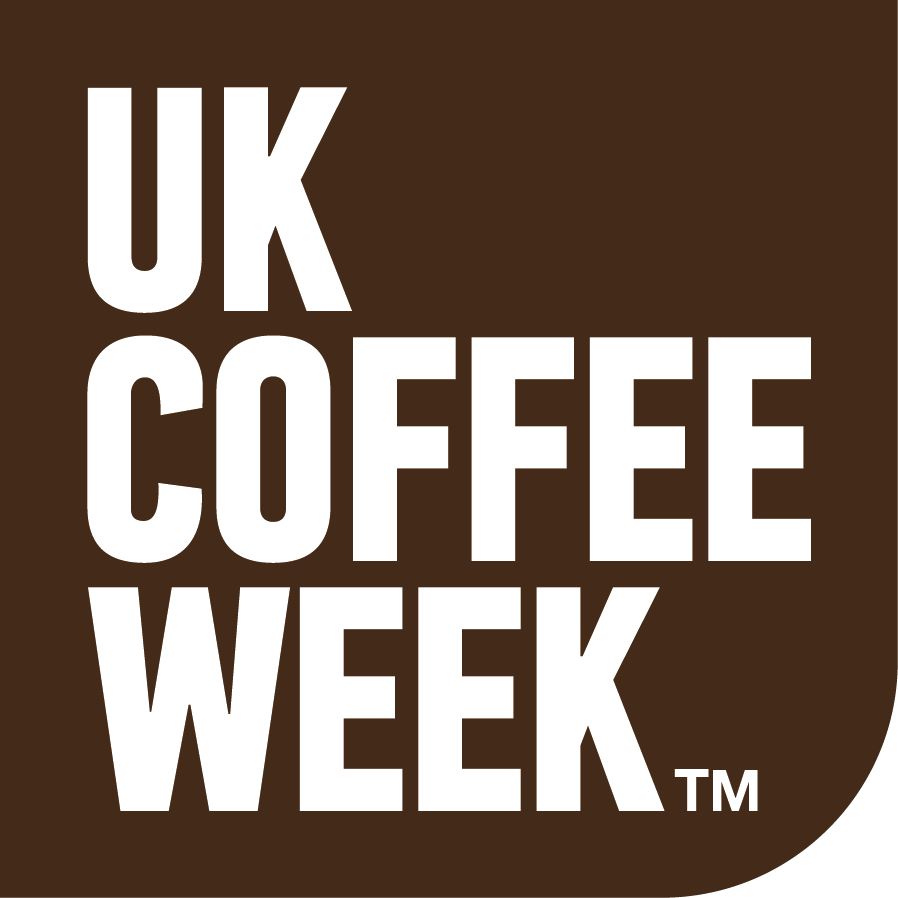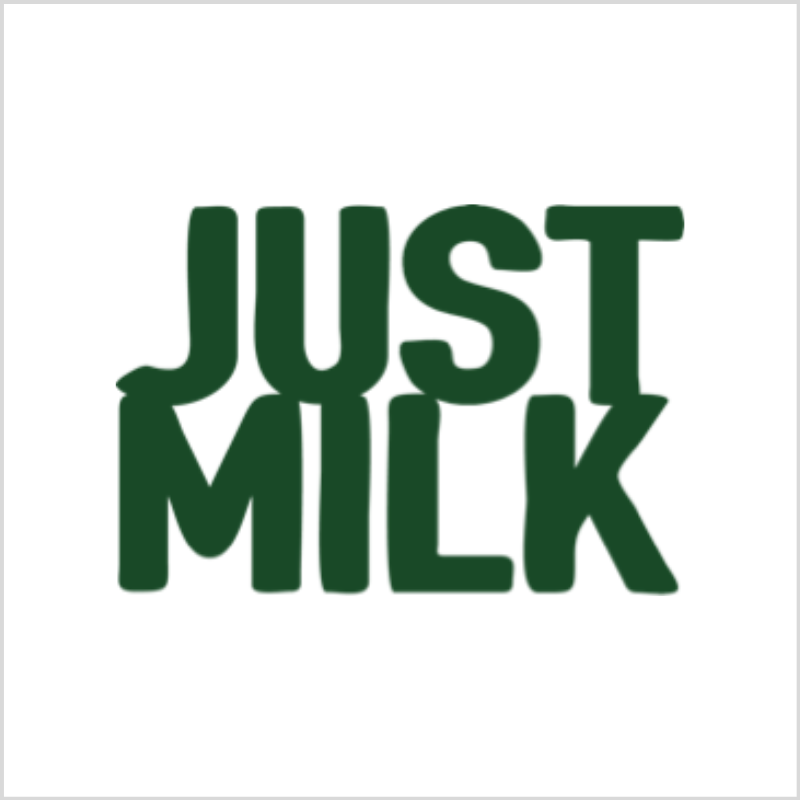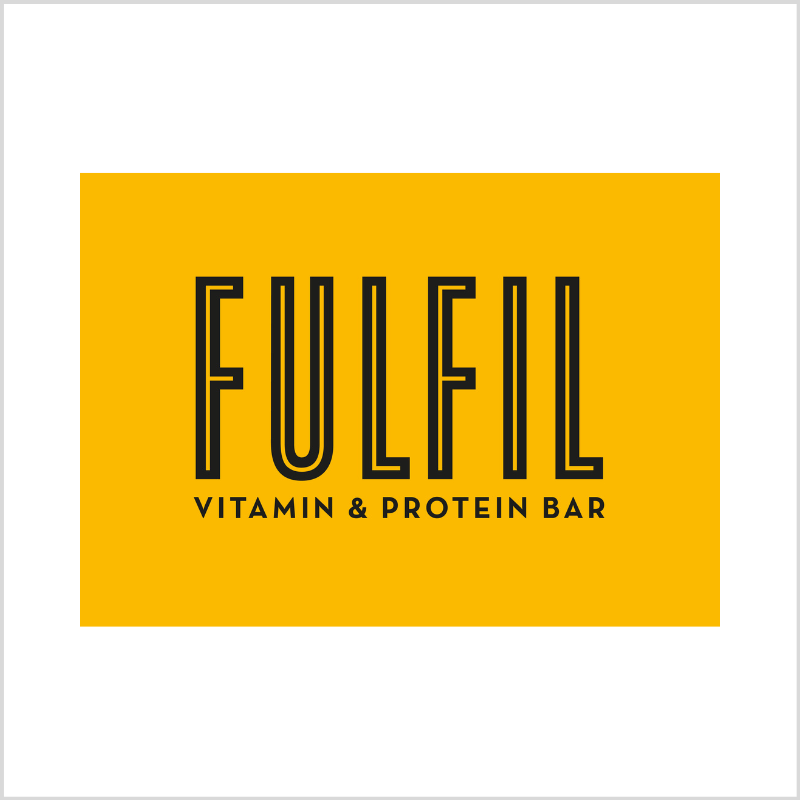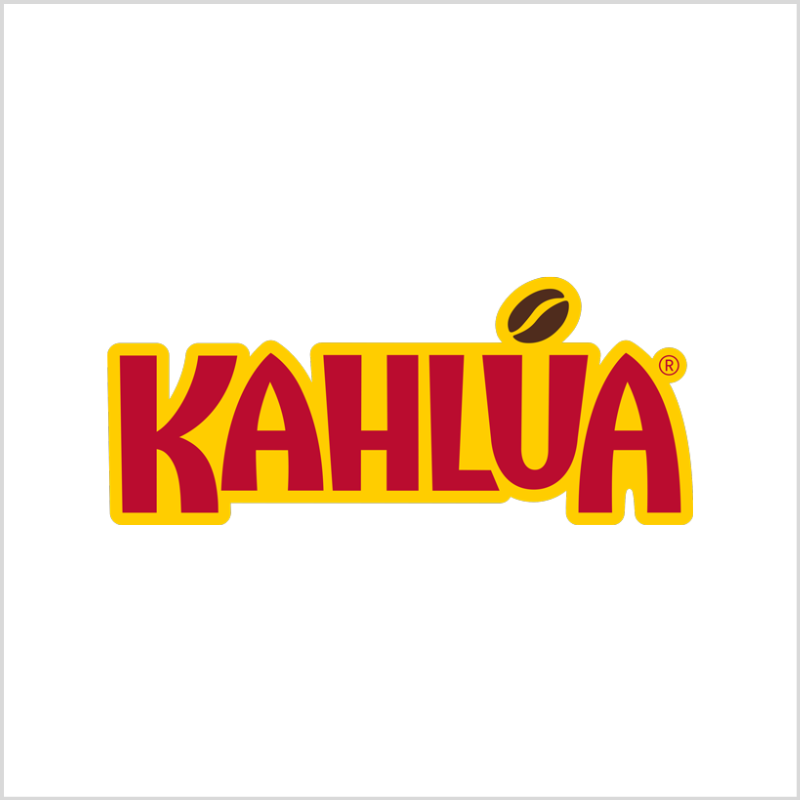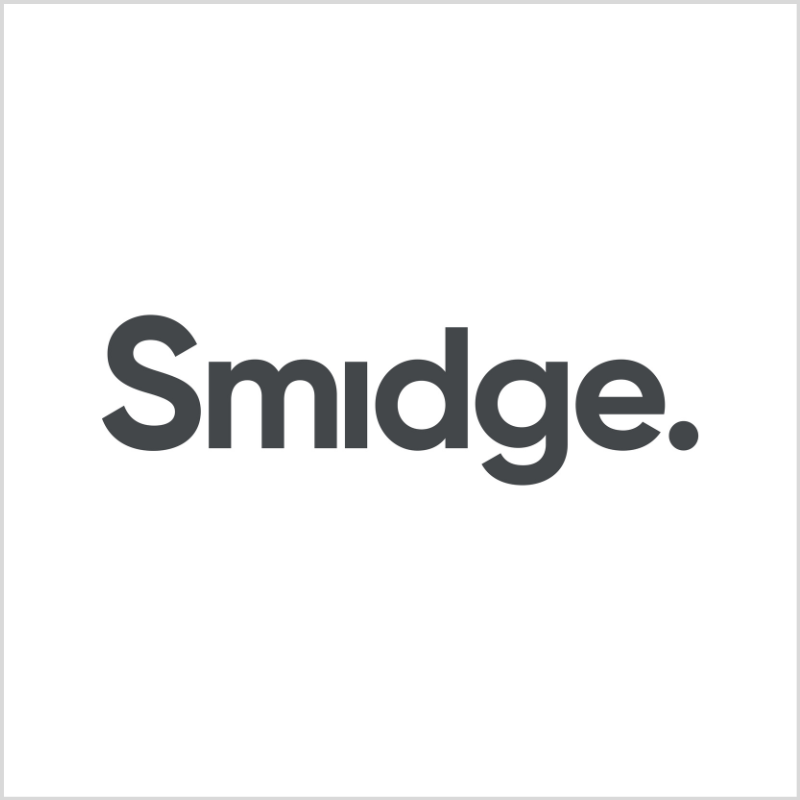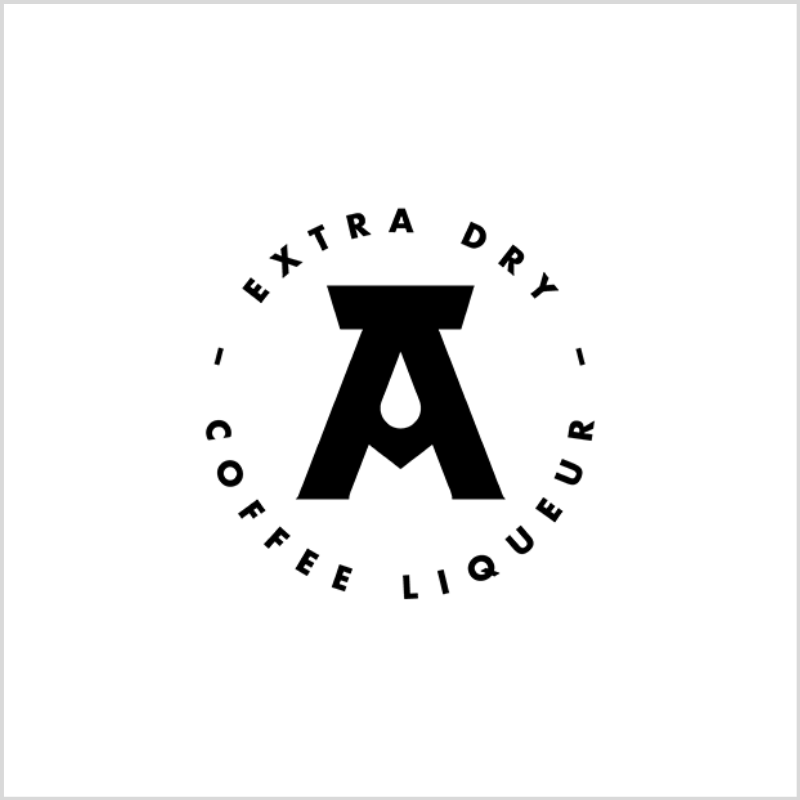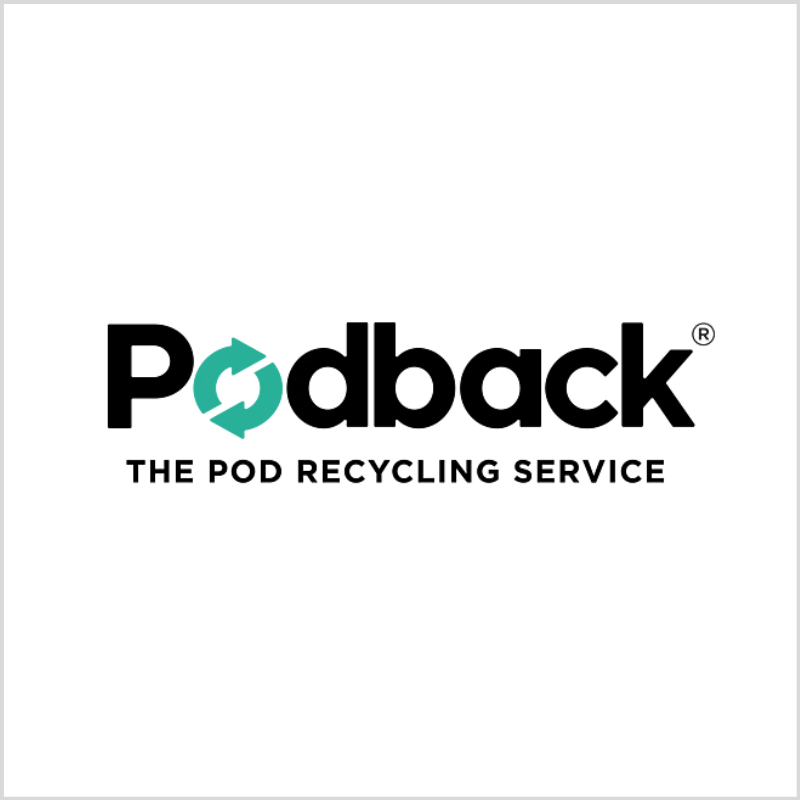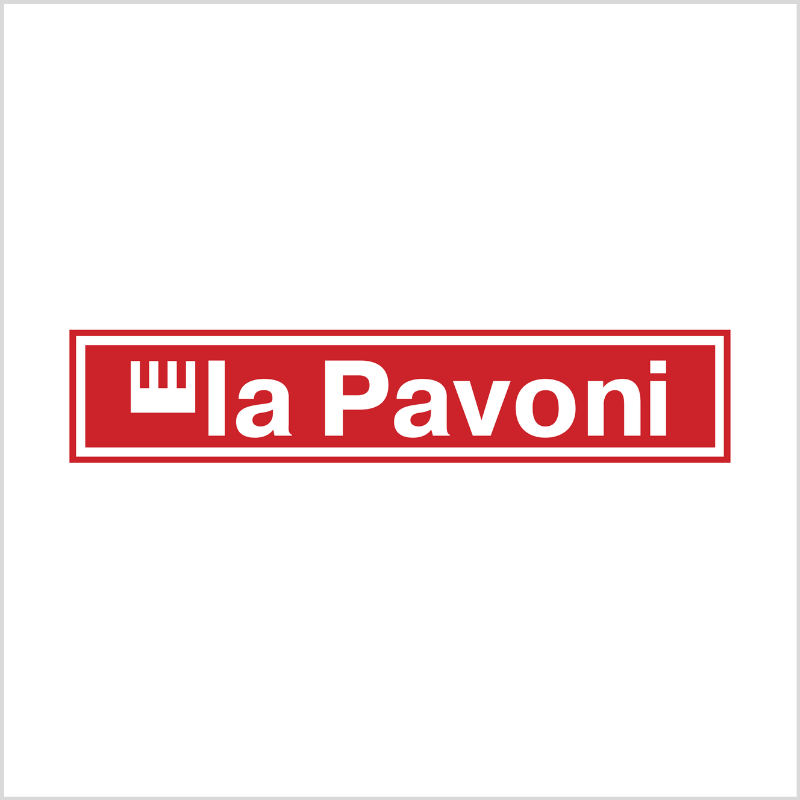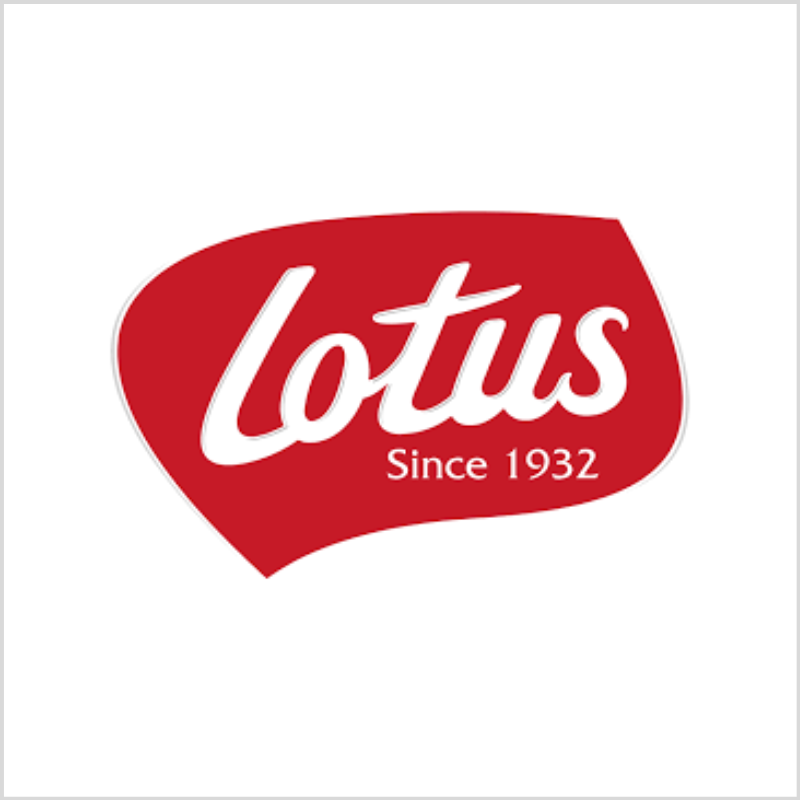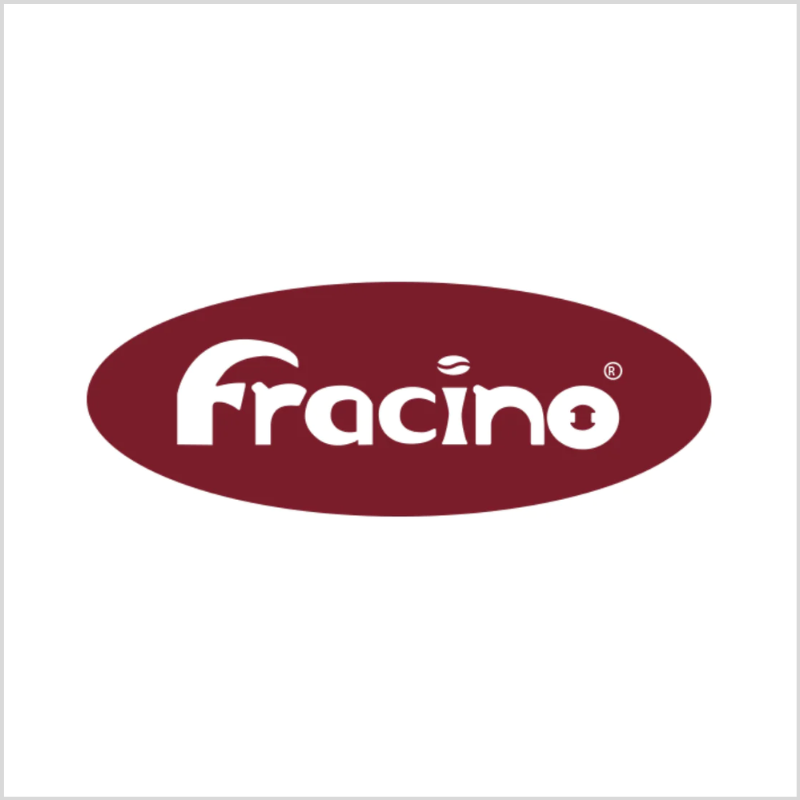Cold coffee is one of the fastest-growing coffee trends, with the drink rapidly becoming a thirst-quenching alternative to soda. Kevin Johnson, the CEO of Starbucks, recently announced that half their beverage sales in the US are now cold.
5THWAVE magazine’s podcast has examined the phenomenon and you can listen to it below.
But do you know your cold brew from your iced latte? There are three main ways of getting your cold coffee fix:
Iced coffee where your coffee is made hot first, then iced – a hot espresso shot added to ice milk, for example.
Cold brewed coffees.
Ready-to go-cans – these have also increased in popularity with a choice of high-quality iced coffee or cold brew options available.
So, what is cold brew and how is it different from iced coffee?
Danny Pang, Asia Pacific Manager for Marco Beverage Systems is one of the 5THWAVE podcast guests. He explains how cold brew is made.
“As the name suggests, instead of using hot water to brew coffee you use cold water, or at least at room temperature, but because you're using low temperature water, you have to let the coffee grounds interact with the water for a very long period of time.
“The most common method is to prepare a set amount of coffee to be steeped and immersed in a certain amount of water. Of course, there is a certain recipe to that which we call coffee to water ratio, and you basically leave that concoction for 16 hours and above.”
A way of making this, and one which is popular in Asia is called Cold Drip, using glass ‘drip-towers’, Danny says.
“In the top tower you have ice that is slowly melting away and you control the drip onto a bit of coffee, and then to allow the coffee to soak up the water and thereafter as the water passes through it gets saturated.
“And you can see the concentration coffee coming through and ending right at the bottom. It's a very nice showcase where the coffee runs through the bend right down through a spiral into a collector curve at the bottom.
“I saw a shop in Taiwan that just serves coffee prepared in this manner. They have more than 10 of these towers within the shop.”
Drinking cold brew coffee is a different experience to hot brew, says Danny. “It’s chocolaty, less acidic with a very smooth body, and it's also a greater pick me up because generally a lot of cold brew has more caffeine content within it, than a regular cup of hot brew.”
Other differences are that the aroma will not be as strong as with a hot brew coffee.
We may not be at the stage of cold coffee consumption as the United States where cold coffee is increasingly replacing soda as a drink of choice.
But there are signs of a younger consumer base opting for cold brews and iced coffee over hot, says Jeffrey Young, Editor in Chief of 5THWAVE magazine.
“America is a country in its own league when it comes to cold beverages.
“However, the UK has followed a similar trend in terms of cold beverages becoming more and more important to consumers in their visits to coffee shops, especially with younger consumers.
“We have Starbucks’ Frappuccino and all the other sort of frappe and iced beverages that are available from Costa, Nero, Pret a Manger and various others, including local independent coffee shops, doing iced coffees.
“And it's not only a summer thing. what we've seen in our research is that there used to be like a big spike in summer, but that’s extended now from April through to October of iced beverage sales becoming more and more popular.
“So the curve has flattened. And we now have this whole era of young consumers enjoying iced, beverages, cold brew and iced coffees. For many it's an alternative to soda.”
Watch Danny Pang’s guide on making Japanese-style iced coffee below.
Banner image credit @andreas.kout.
